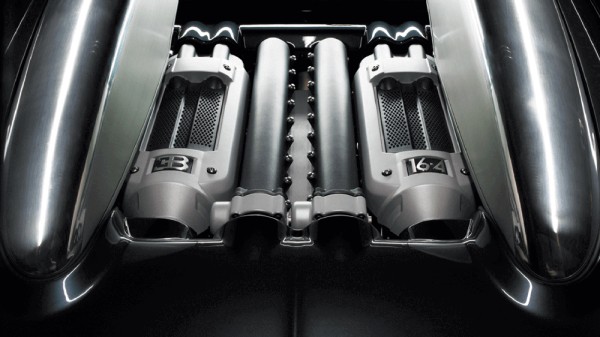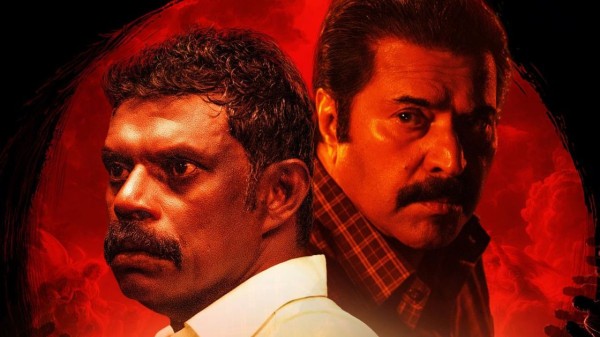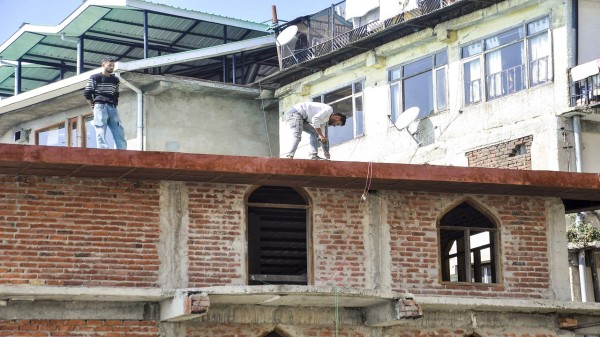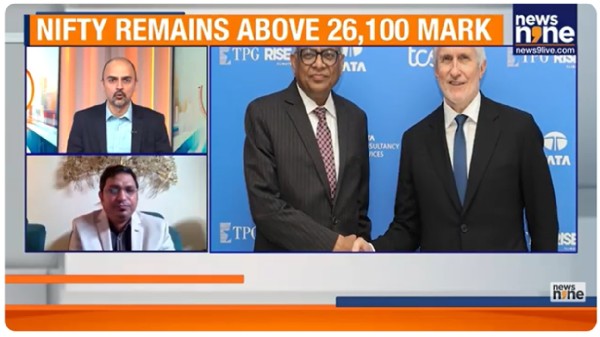

By signing in or creating an account, you agree with Associated Broadcasting Company's Terms & Conditions and Privacy Policy.


By signing in or creating an account, you agree with Associated Broadcasting Company's Terms & Conditions and Privacy Policy.

New Delhi: Let’s go back a bit to the olden days when the whole idea of being the fastest car on the planet was the biggest order of the day. Bugatti Veyron was the champion of champions in the world of motor, and an engineering marvel no less than the Concorde flight. First shown at the Frankfurt Motor Show in 2001, it began its production life in 2005.
The Veyron smashed the record of the McLaren F1 as the fastest road-legal car. The Veyron wasn’t quick in just numbers but in spirit. If the McLaren F1 got a head start and reached 193 kph, it would still manage to beat it to 320 kph. Bugatti had seen failure before with EB 110, which was made in a world that wasn’t ready to splurge.
However, in 1998, Bugatti was bought by Volkswagen and thus began the project of how many hypercars have shaped up since. Volkswagen commissioned British company Riccardo to design this.

Inside, it featured everything that was marked premium, with amazing leathers and lightweight aluminium alloy showing a strong presence. The steering wheel and the centre console, which was handcrafted, came with the aluminium alloy. It was a performance car, but it delivered to the word in terms of comfort
The outside was a story of aerodynamics and physics coming together in harmony. It came with a distinctive bug-like shape, and Bugatti gave it a two-tone colour scheme as well. At the back, you could see the engine half-exposed, designed to improve engine cooling along with fenders. At the front, it had broad horizontal headlights and came with a hand-enamelled Bugatti emblem on the grille.
The crest line ran from bonnet to roof without interruption, a nod to the brand’s past. In the end, the design was kept in mind to keep it as aerodynamically suitable as possible.

It could go from 0-100 kph in 2.5 seconds, and had a top speed of 407 kph. All of this was done by an 8.0-litre W16 quad-turbcharged engine that made 1001 bhp and 1250 Nm of torque, paired with a seven-speed automatic transmission with paddle shift and all-wheel drive configuration.
The dual clutch direct shift was computerised and had to be perfect, with magnesium paddles right behind the steering wheel. The gearbox was complicated to make because the car was supposed to last a decade or more, while not being heavy enough to have a drastic effect on the weight ratio.
The brakes were even more important for work as they would come to a dead stop from 402 kph to a standstill in 10 seconds. Although it still covered a fair distance before it stopped, and mounted for half a football field.
It came with 100-litre tanks that were nowhere to be found in 12 minutes when flat out. Of course, there are very few places you could go this. There was the normal model that made 987 bhp and 1183 bhp, making a sport version that could do 431 kph. With Bugatti Chiron coming in 2016, the Veyron was last produced in 2014, bringing a glorious end to one of the best car careers ever. It was the first of the Hypercars, and the best example of what a car can be and is still a standout for the road it made for the future fast cars.








